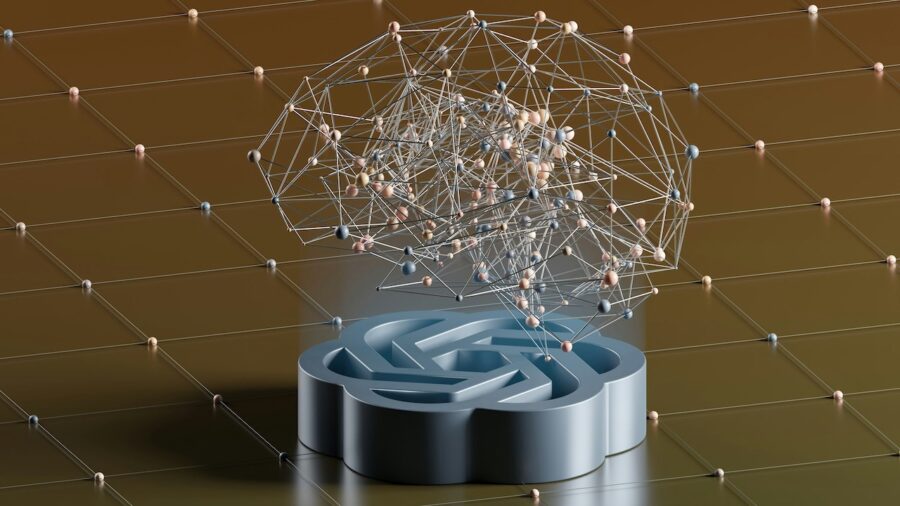Remote Mind Control Achieved By Scientists In Shocking Experiment

Mind control sounds like something out of science-fiction or maybe some sort of supernatural power, but it’s becoming a potential reality. Scientists at the Institute for Basic Science in South Korea are working on a potentially revolutionary way to remotely control the minds of lab mice. That’s a long way away from controlling a human’s mind, but it’s also a significant step beyond prior experiments in controlling how lab mice act.
Not Quite Ready For Human Trials

Prior efforts at influencing the minds of lab mice involved implanting electrodes and sending electrical signals to different parts of the brain. The remotely controlled mind-control technology researchers are developing does away with wires to directly tap into the neural pathways of lab mice. That’s good because wires are very invasive, limit potential movement in the subject, and could lead to medical complications.
Introducing Nano-MIND Technology

The remote mind-control system under development uses a Magnetogenetic Interface for NeuroDynamics. The researchers just call it “Nano-MIND.” The full name is very descriptive and suggests the use of a magneto and genetic interface to stimulate the neural pathways within a lab mouse’s brain. The intent is to enable researchers to study how they might remotely activate the brain’s neural circuits and affect how the subject mouse acts.
Instead of using wired electrical signals the stimulate the mouse’s brain, the experimental Nano-MIND enables remote stimulation with the help of magnetic fields. The Nano-MIND system is under development to make it possible for scientists to create artificial neural networks and better understand how the brain works. It also might help researchers to develop new ways to treat neurological disorders.
Electromagnetic Manipulation Is The Primary Method

Magnetic stimulation is the key ingredient to the mind-control technology, which is far less invasive than implanting electrical wires directly into a mouse’s brain. Instead, the system uses pulses of electromagnetic fields to gently and subtly affect how a test subject acts. The system might help change a test subject’s behavior for the better, especially when suffering from a neurological disorder.
The technology borrows from optogenetics research, which uses light instead of magnetic stimulation. The technology enables scientists to genetically engineer mechanisms that alter cells to make them more responsive to changes in light. The Nano-MIND technology enables scientists to use magnetism instead of light to stimulate the test subject’s brain to achieve a kind of mind control.
Early Experiments Can Influence Appetite

The Nano-MIND system integrates ion channels into targeted cells within specific areas of a test subject’s brain. The magnetic fields activate the ion channels within the subject’s brain cells to change its behavior in a type of mind control. Scientists can use a very small actuator to use magnetism to activate the ion channels that are placed within particular neural circuits within the test subject’s brain.
The Nano-MIND researchers have tested the system in three ways. One test targets hunger and reward behaviors that typically are controlled by the lateral hypothalamus that is deep within the brain. The test showed it is possible to affect when a test subject becomes hungry and how much food it eats.
Technology Is Still In Its Early Stages

Another test that also stimulates the lateral hypothalamus showed it’s possible to affect how sociable a mouse might be around another mouse that it’s never seen before. A third test using the medial preoptic area of the brain affects how a test mouse cares for its offspring and how it responds when a baby mouse cries. The technology is in its infancy but offers great promise for the future of beneficial mind control.
Source: Nature Nanotechnology












